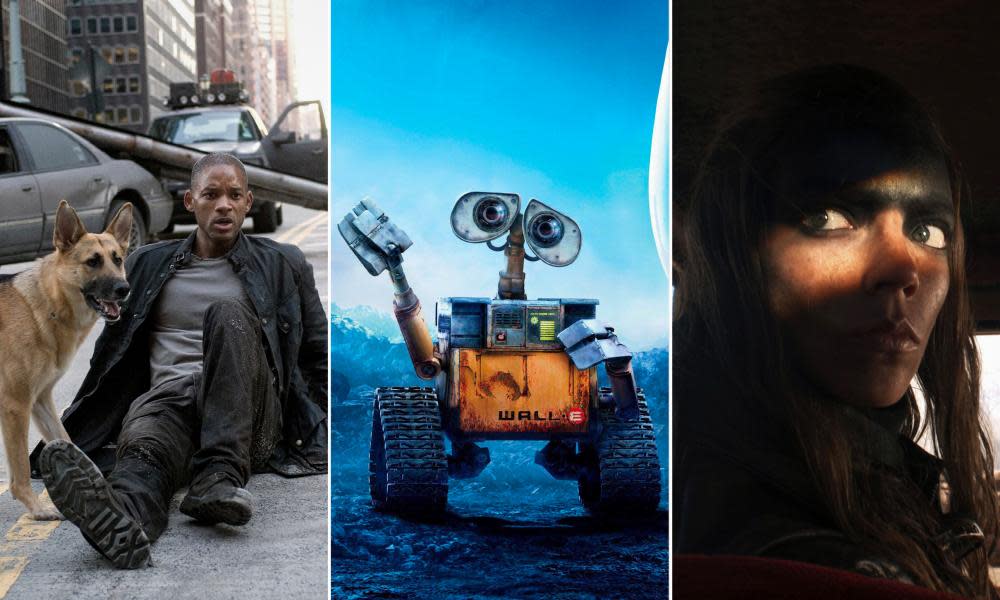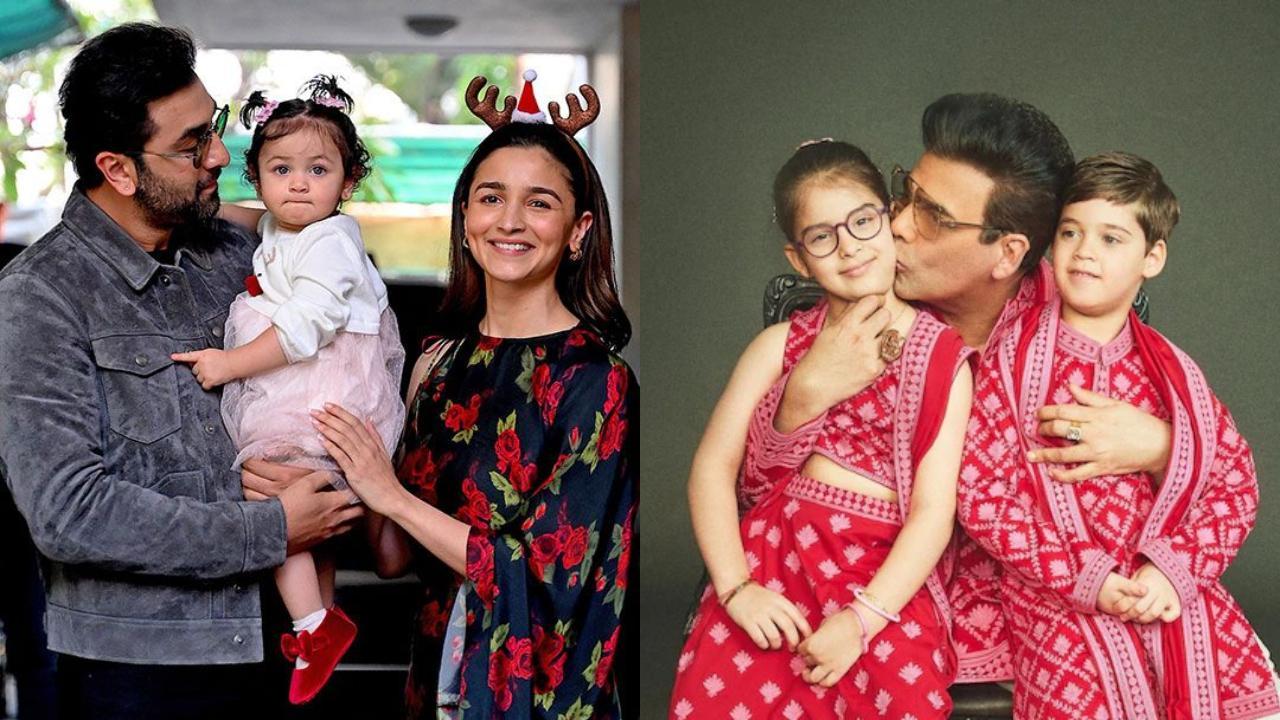You have to hand it to George Miller’s franchise, now five films in: it has kept the end of the world going for the better part of half a century. A big, busy, ornately designed prequel to 2015’s delirious series peak the new-to-streaming (2024) isn’t exactly meant to be cosy or comforting. It takes place in the same scorched, uninhabitable desert wasteland as its predecessors, a landscape that essentially defined the idea of a post-apocalyptic Earth in the popular imagination.
And yet it’s so familiar now as to feel almost nostalgic. Most of ’s pleasures relate to the past rather than the future. Miller has assembled another driving, visually lavish, slam-bang adventure of rising to power in a hopeless place, but its iconography abounds in callbacks to previous entries, while you can’t watch Anya Taylor-Joy’s impressively steely turn in the title role without thinking of Charlize Theron’s more hardened interpretation.

The shock of the new, and the terror of the future unknown, is missing. Of course the post-apocalyptic drama is a genre so increasingly well-worn that it’s getting ever harder to truly unnerve viewers with a vision of a worst-case future. John Hillcoat managed it with his handsomely parched 2009 adaptation of Cormac McCarthy’s Pulitzer prize winner , in which Viggo Mortensen and Kodi Smit-McPhee trudge unknown miles to an unknown destination.
Shrouded in dun-coloured smog and tangible layers of ash and dust, the film’s construction of a world decimated by an unspecified catastrophe might not have been especially innovative, but it was shudderingly vivid in its haunted sparseness. At the opposite end of the world-building scale, Kevin Reynolds and Kevin Costner’s colossally expensive 1995 blockbuster may have been roundly mocked in its day for its somewhat pompous storytelling, but it deserves more credit for its prescient eco-consciousness and rather spectacular rendering of a planet flooded in the wake of the polar ice caps melting. Perhaps we won’t be wearing Costner’s peculiar armour of netting and fish scales, but it’s a projection that has stuck in my mind for the better part of 30 years.
In the same year, Rachel Talalay’s cult comic-book adaptation took a rather more irreverent approach to the end of life as we know it. It’s set in much the same drought-ravaged Australia as , though kitted out with more gaudily fluorescent pop shrapnel. , still Pixar’s smartest and most beautiful film, envisioned our 29th-century planet as nothing more than an outsized, wholly dehumanised recycling centre, with only the odd ornament and scrap of film left to delight its lone robot caretaker.
By comparison, the virally destroyed terrain of looks positively lush, with Will Smith as seemingly the last human survivor of an apocalyptic pandemic, roaming the atmospheric ruins of New York City. Still, the images don’t have quite the staying power of those simpler shots of an eerily depopulated London at the outset of Danny Boyle’s zombie-apocalypse nightmare (which has oddly vanished from streaming platforms recently, though sequel is still available). The UK gets a more drastically dystopian makeover in Alfonso Cuarón’s indelible adaptation of PD James’s : a crumbling concrete war zone for a human race hurtling toward extinction, with a dim glimmer of light at the end of the tunnel.
Not that you need intricate sci-fi visuals to conjure a world pushing past its expiry date: there’s a chilling minimalism to Michael Haneke’s , with its evocation of once-safe domestic and communal spaces turned hostile by disaster. And the starkly despairing 1983 indie – one of a spate of nuclear warfare cautionary tales made at a time of fraught tensions between the US and the Soviet Union – needed only the very ordinary spaces of American suburbia succumbing to radiation poisoning to bring the idea of post-apocalyptic living much closer to home. ( ) Swedish director Ernst De Geer’s delicious satire of corporate self-actualisation culture undeservedly skipped cinemas but is well suited to home viewing, since you can pause it whenever you need to cringe your insides out.
Following a young couple driven to agonisingly out-of-character behaviour by the social pressures of a ghastly app-development convention, it’s ruthlessly funny – but there’s a redeeming current of sweetness to it too. ( ) Years after they collaborated as director and star respectively on the sharp 2012 queer drama , Sally El Hosaini and James Krishna Floyd team up to co-direct this gentle, warmly hopeful story of a single dad re-examining his identity and desires when he falls for a drag queen. The film’s messaging is sometimes a little blunt, but it’s enormously likable.
.



















